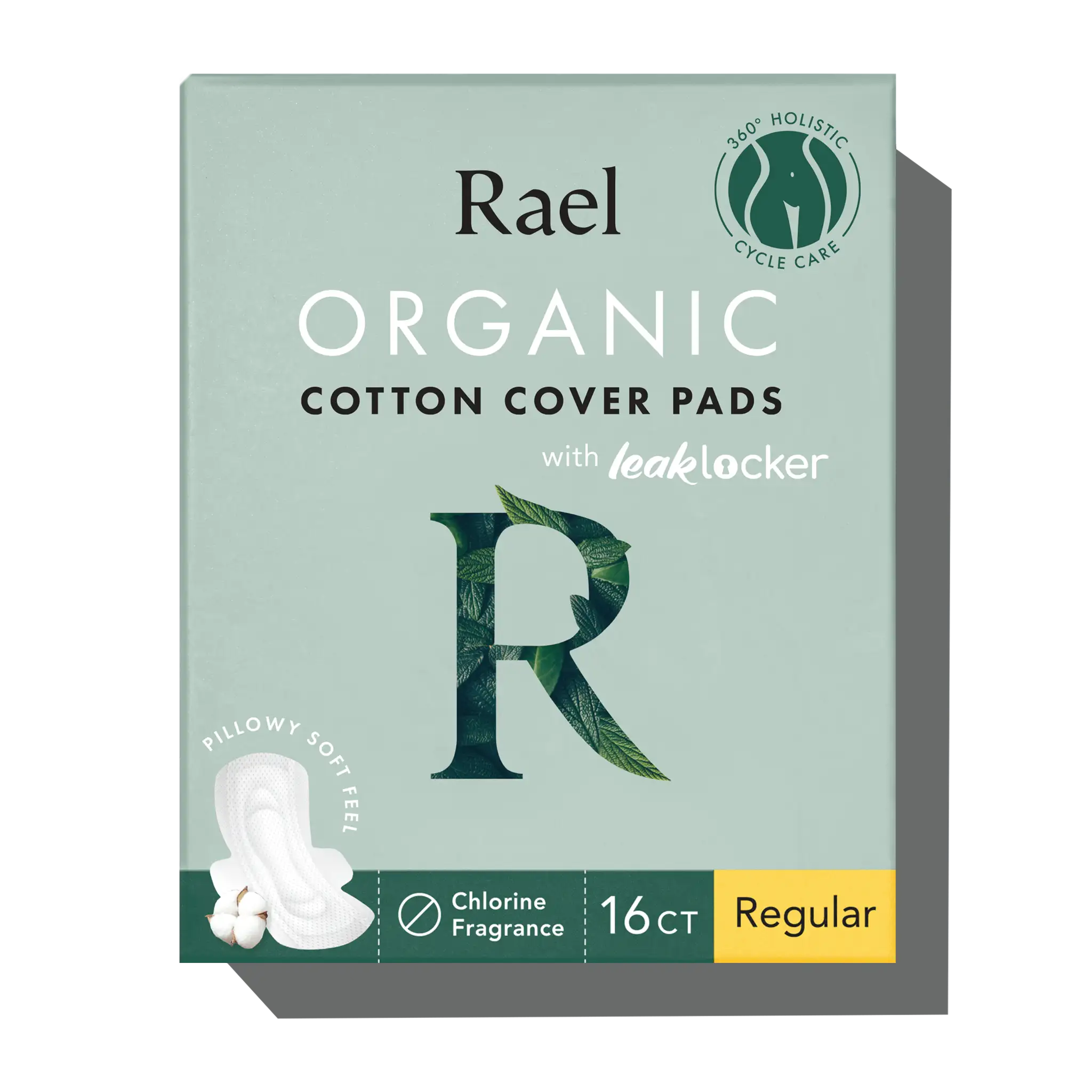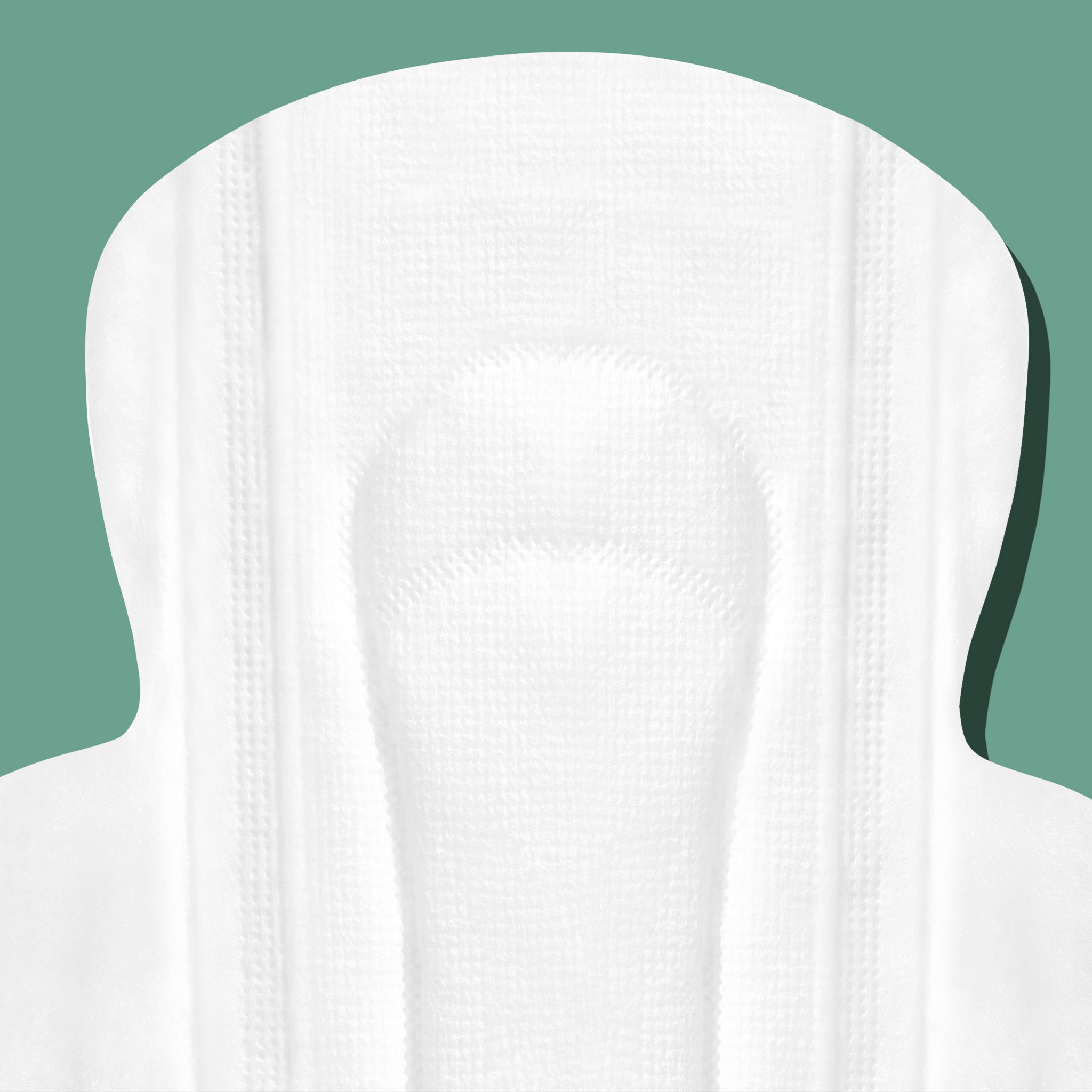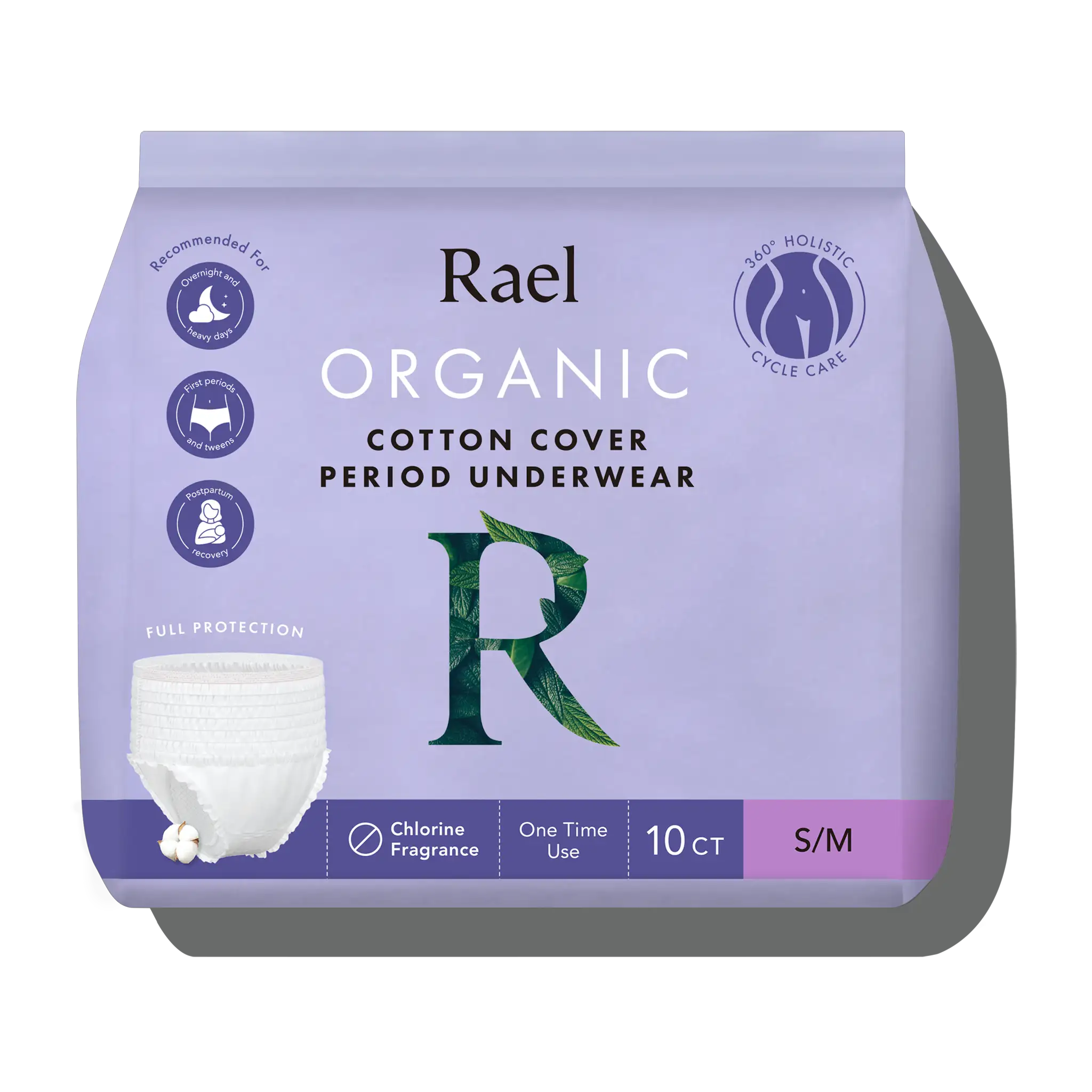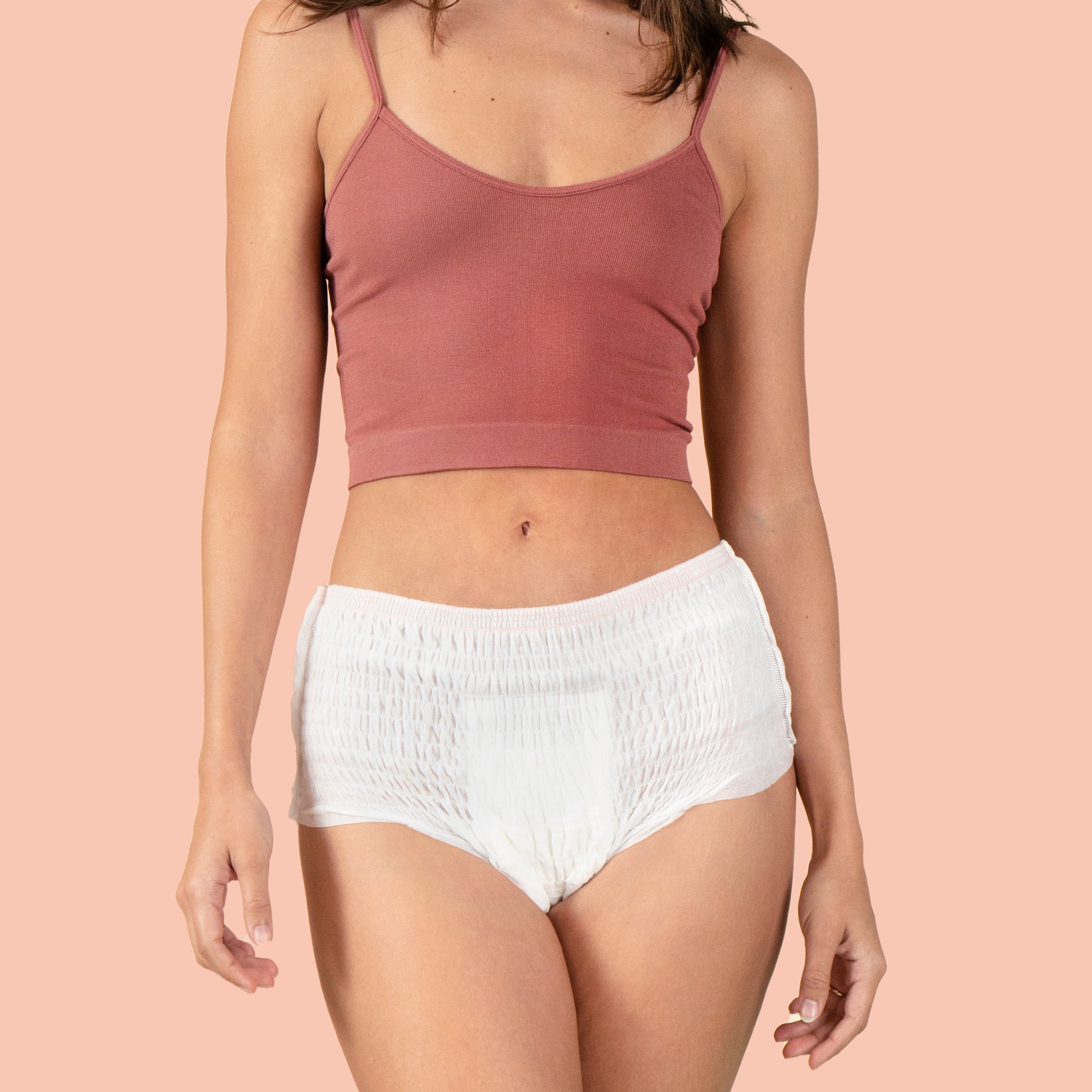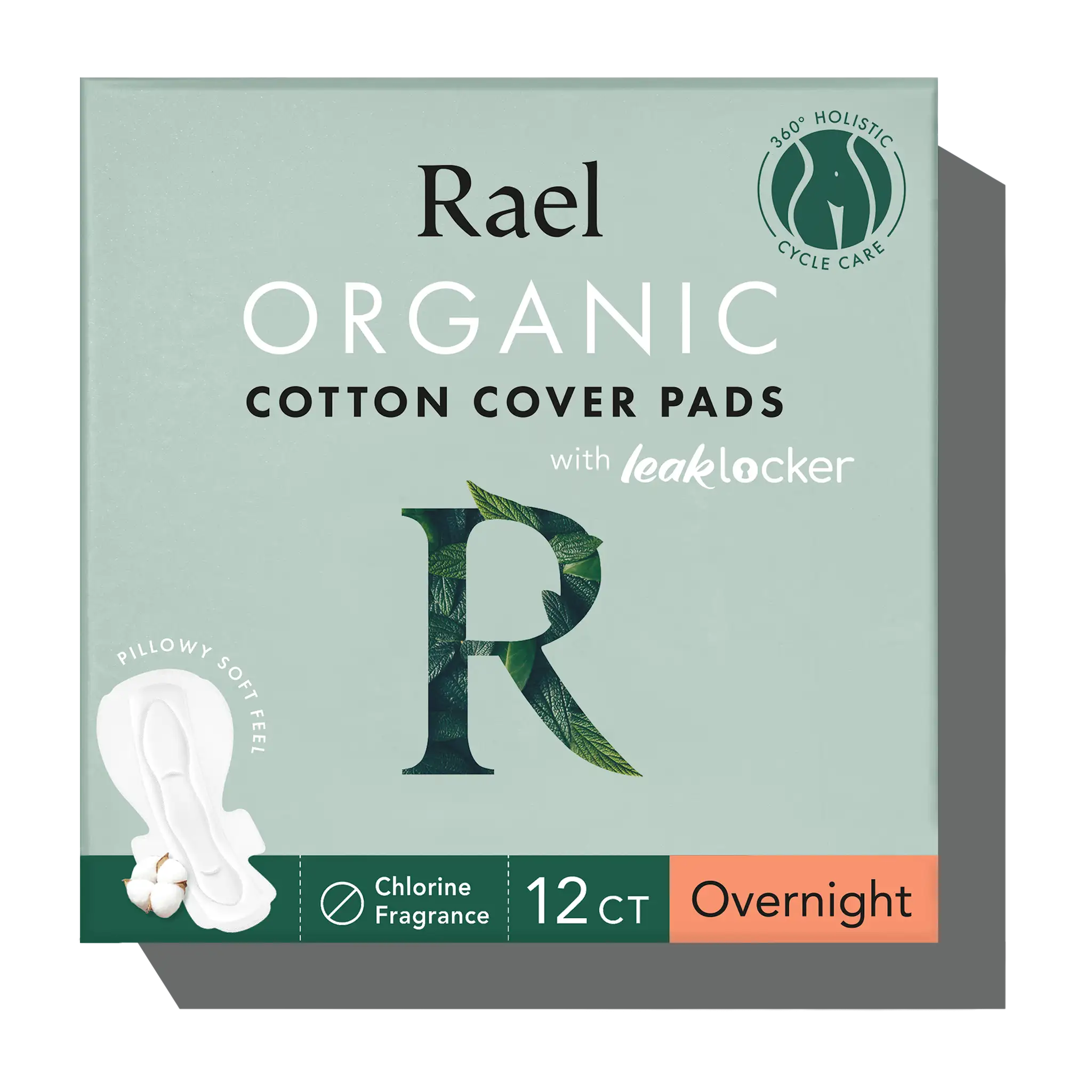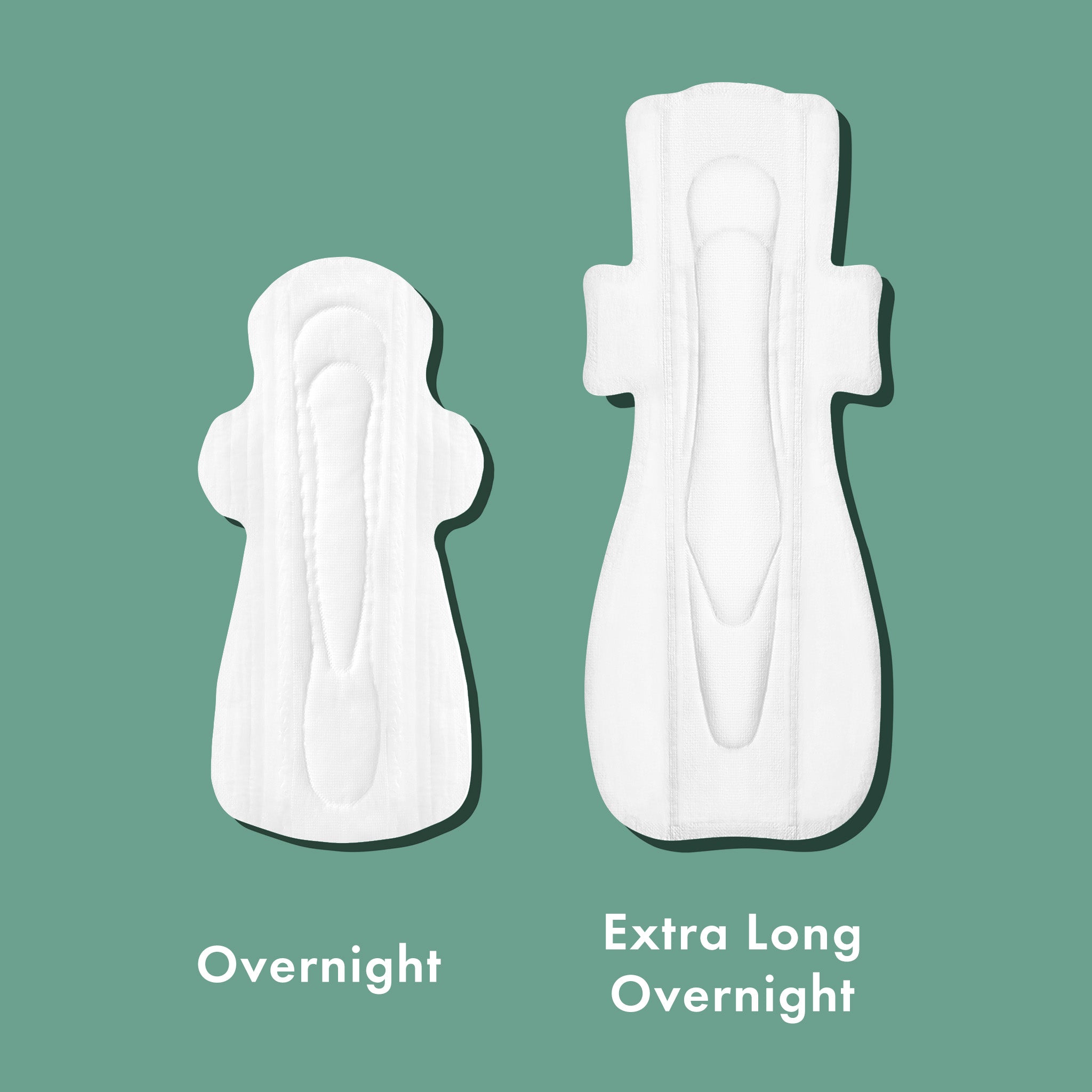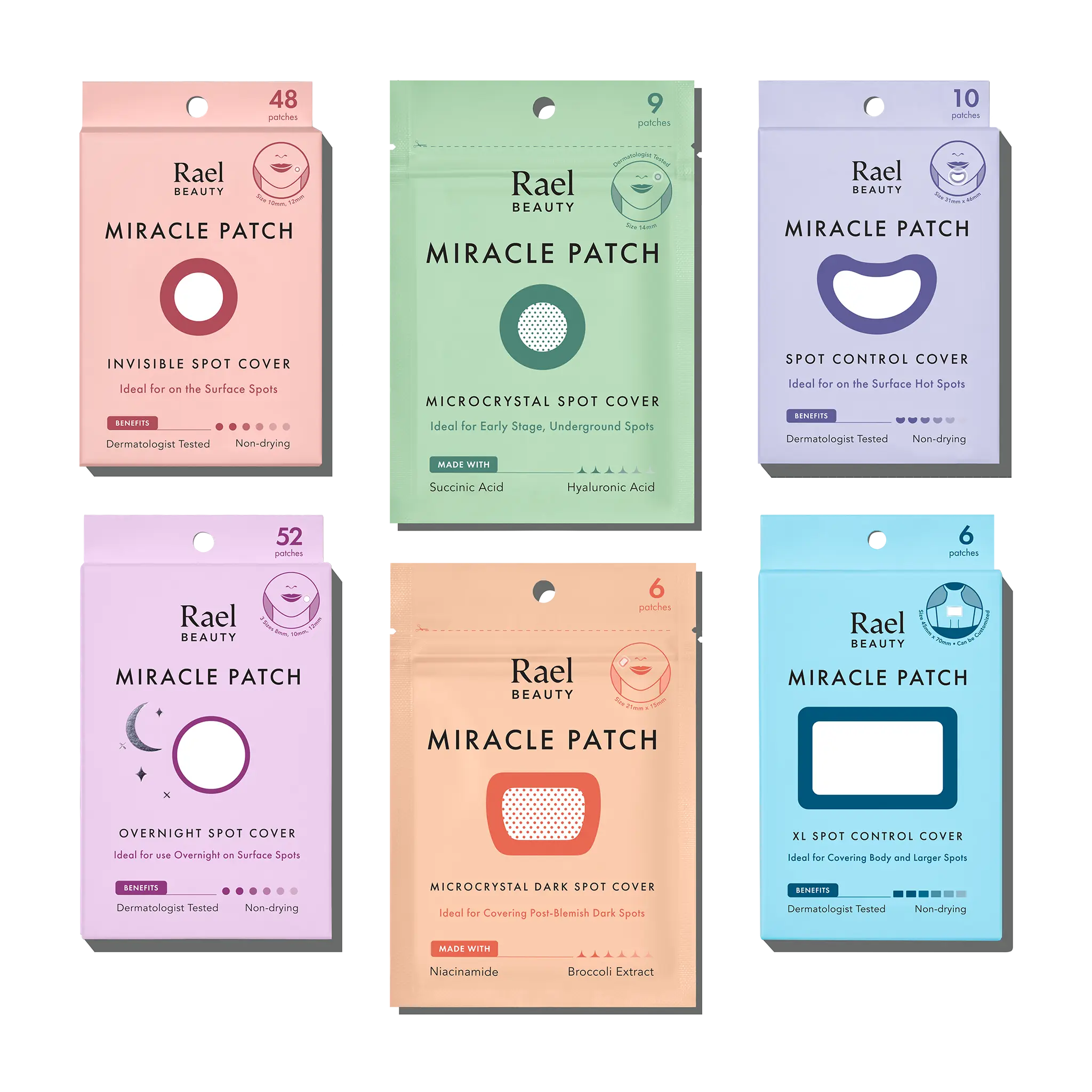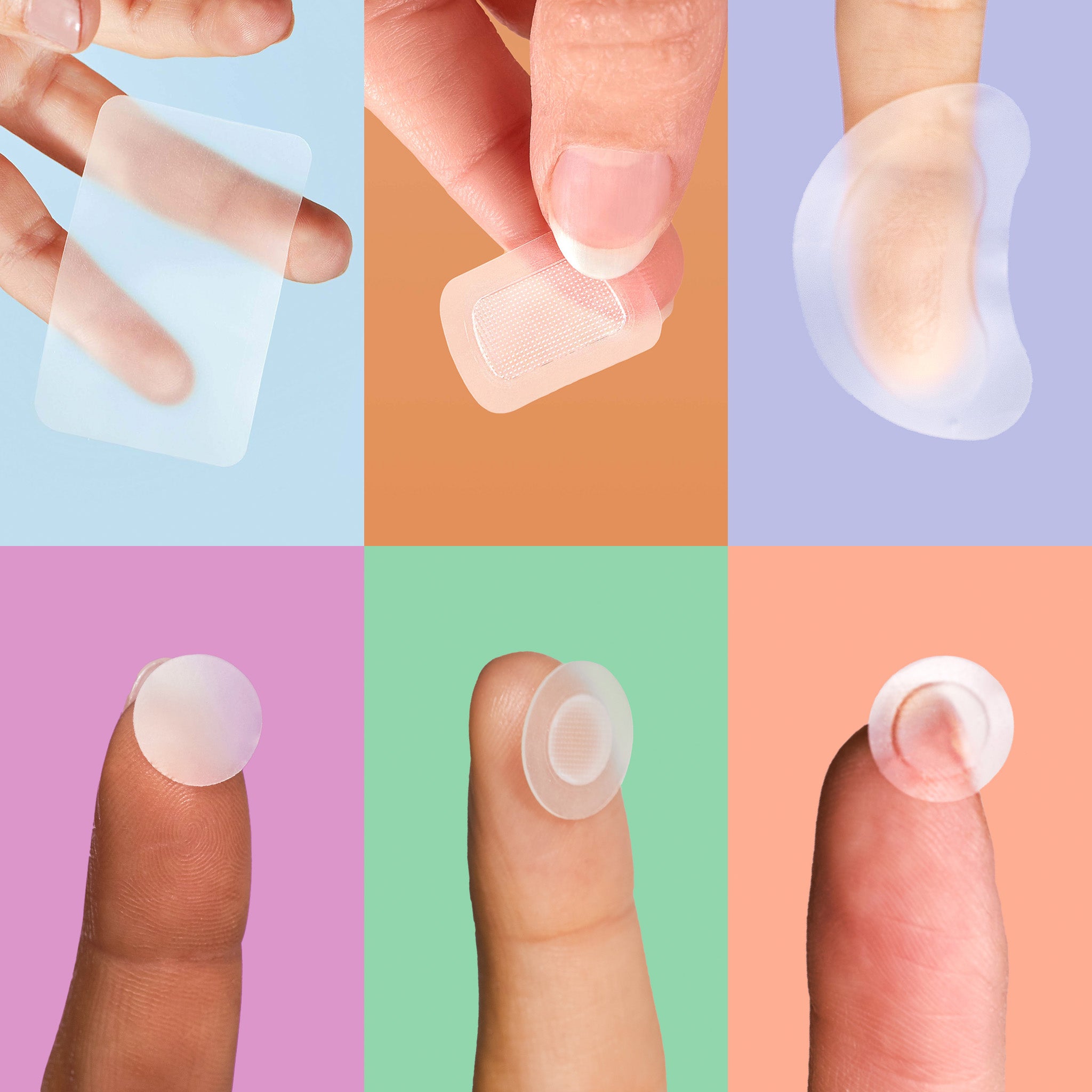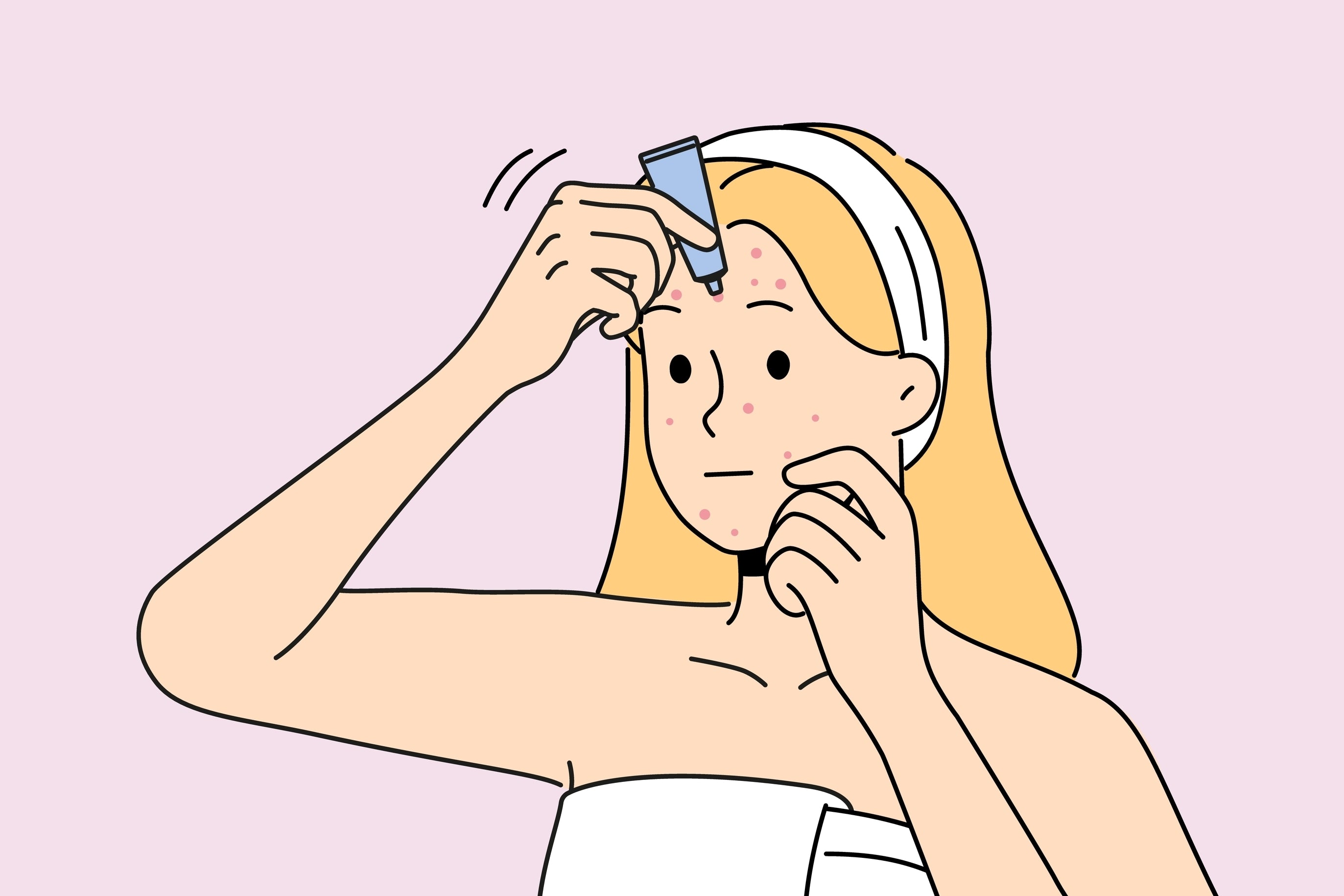Nodule and cyst pimples are two of the most severe forms of acne vulgaris, often referred to as nodulocystic acne. While both are considered inflammatory acne lesions, there are distinct differences between a nodule vs. cyst pimple, from their appearances and causes to treatment approaches.
What is a Nodule Pimple?
Nodular acne is characterized by large, solid, and painful lesions that extend deep into the skin's layers. These acne nodules develop when a pore or hair follicle becomes severely clogged and inflamed, leading to the formation of a firm, raised bump beneath the skin's surface [1]. These are also stages of a blind pimple, which may be harder to prevent.
Nodule pimples can be challenging to treat and often leave permanent acne scars if not addressed properly. They are typically red, swollen, and tender to the touch, and can last for weeks or even months if left untreated.
What is a Cystic Pimple?
Cystic acne, also known as acne cysts, are similar to nodules but contain a semi-solid or liquid-filled core. These cysts develop when a nodule ruptures under the skin, resulting in a large, pus-filled acne lesion [5].
Cystic pimples are often more painful and inflamed than nodules, and can be more prone to scarring if not treated correctly. They typically appear as large, red, and swollen bumps with a white or yellow center, and can be tender or even painful to the touch. If you’re wondering, “do pimple patches work on cysts,” its efficacy depends on what stages you target.
How Do I Know If I Have Nodular or Cystic Acne?
Appearance and Symptoms
While both nodule and cyst pimples are severe forms of acne, there are some key differences in their appearance and symptoms:
- Nodules: Firm, solid bumps that extend deep into the skin and feel like knots or lumps. Often appear as red, inflamed bumps without a visible head.
- Cysts: Large, pus-filled bumps with a visible white or yellow center. Can be more swollen and tender to the touch than nodules.
It's important to note that both nodular and cystic acne can be painful and may require professional acne treatment for severe cases.
Causes and Risk Factors
Both nodular and cystic acne are caused by a combination of factors, including:
- Hormonal imbalances: Fluctuations in hormones, such as during puberty, menstrual cycles, or pregnancy, can increase oil production and contribute to severe acne [3]. While it may take time and effort, there are ways to balance hormones naturally.
- Bacterial overgrowth: An abundance of the acne-causing bacteria Cutibacterium acnes (C. acnes) or Propionibacterium acnes (P. acnes) can lead to inflammation and clogged pores [2].
- Genetics: Some individuals may be predisposed to developing severe acne due to genetic factors [4].
- Medications: Certain medications, such as corticosteroids, lithium, or anabolic steroids, can worsen acne [3].
- Stress: High levels of stress can trigger hormonal changes and contribute to acne flare-ups [3].
Treatment Options for Severe Acne
Treating nodular and cystic acne often requires a combination of approaches, as these severe forms of acne can be resistant to over-the-counter treatments. Purchasing an advanced skin care set that syncs with your menstrual cycle is an effective long-term solution. Overall, here’s some general treatment options to battling severe acne.
Managing Nodule Pimples
- Oral medications: Dermatologists may prescribe oral antibiotics, such as doxycycline or minocycline, to help reduce inflammation and bacterial overgrowth.
- Retinoids: Topical or oral retinoids, such as tretinoin or isotretinoin (Accutane), can help regulate cell turnover and prevent clogged pores.
- Corticosteroid injections: For severe, painful nodules, a dermatologist may administer a corticosteroid injection directly into the lesion to reduce inflammation and promote healing.
- Exfoliating Cleanser: Rael's Miracle Clear Exfoliating Cleanser unclogs pores and promotes cell turnover, aiding in preventing new nodules.
Managing Cyst Pimples
- Incision and drainage: In some cases, a dermatologist may perform a minor in-office procedure to drain the fluid or pus from a large cyst, promoting healing and reducing the risk of scarring.
- Oral antibiotics: Similar to nodules, oral antibiotics may be prescribed to control acne-causing bacteria overgrowth and reduce inflammation.
- Acne Serum: Rael's Miracle Clear Complete Acne Serum aids in controlling excess oil production and inflammation, contributing to improved cystic acne symptoms.
It's important to note that picking or squeezing nodules or cysts should be avoided, as this can lead to further inflammation, scarring, and potential infection.
Nodular & Cystic Acne Prevention and Care
While nodular and cystic acne can be challenging to prevent entirely, there are steps you can take to help manage and reduce the risk of severe acne breakouts.
Daily Skin Care Routine
Maintaining a consistent clean skin care routine is crucial for preventing and managing severe acne. Here are some recommended steps:
- Cleanse: Use a gentle, non-comedogenic cleanser to remove excess oil, dirt, and impurities without stripping the skin.
- Exfoliate: Incorporate chemical exfoliants like salicylic acid or glycolic acid to help unclog pores and prevent buildup.
- Treat: Apply topical treatments containing ingredients like propanediol, glycerin, or butylene glycol to target existing acne lesions and prevent new ones from forming.
- Moisturize: Use a lightweight, non-comedogenic moisturizer to keep the skin hydrated without clogging pores.
- Protect: Always wear broad-spectrum sunscreen to prevent further irritation and potential scarring.
At Rael, we offer a range of products specifically designed for acne-prone skin, including face washes, serums, and acne patches that can help treat and prevent severe acne lesions while promoting a clearer, healthier complexion.
Our sheet mask is also a great option for maintaining a consistent routine and providing gentle yet effective care for acne-prone skin.
Remember, while self-care and a consistent routine with products for acne-prone skin can help manage nodular and cystic acne, it's essential to seek professional help from a dermatologist if your skin condition persists or worsens.
Sources:
- Zaenglein AL, Thiboutot DM. Acne vulgaris. In: Bolognia JL, Schaffer JV, Cerroni L, eds. Dermatology. 4th ed. Elsevier; 2018:chap 37. Accessed March 13, 2024.
- Dréno B, Pécastaings S, Corvec S, Veraldi S, Khammari A, Roques C. Cutibacterium acnes (Propionibacterium acnes) and acne vulgaris: a brief look at the latest updates. J Eur Acad Dermatol Venereol. 2018;32 Suppl 2:5-14. doi:10.1111/jdv.15043. Accessed March 13, 2024.
- Tan AU, Schlosser BJ, Paller AS. A review of diagnosis and treatment of acne in adult female patients. Int J Womens Dermatol. 2018;4(2):56-71. doi:10.1016/j.ijwd.2017.10.006. Accessed March 13, 2024.
- Zaenglein AL, Pathy AL, Schlosser BJ, et al. Guidelines of care for the management of acne vulgaris. J Am Acad Dermatol. 2016;74(5):945-973.e33. doi:10.1016/j.jaad.2015.12.037. Accessed March 13, 2024.
- Mayo Clinic. Cystic acne. https://www.mayoclinic.org/diseases-conditions/acne/multimedia/cystic-acne/img-20008334. Accessed March 13, 2024.
